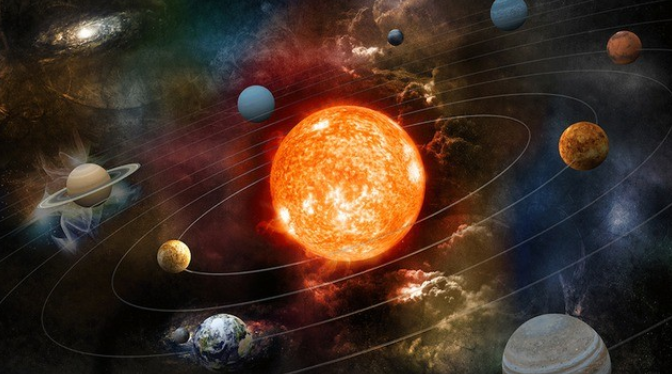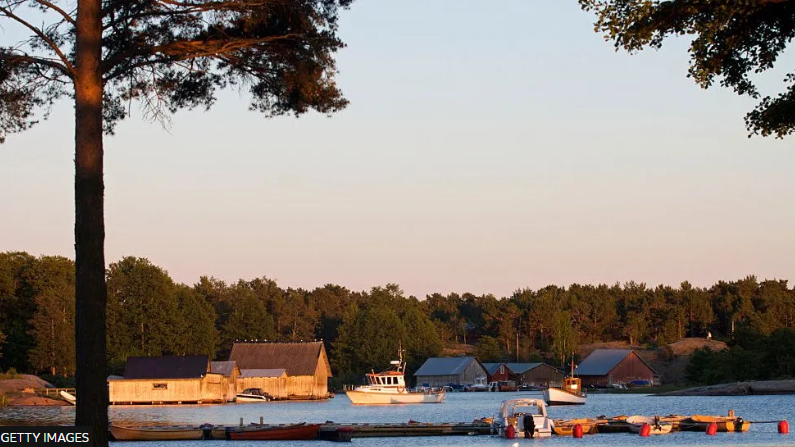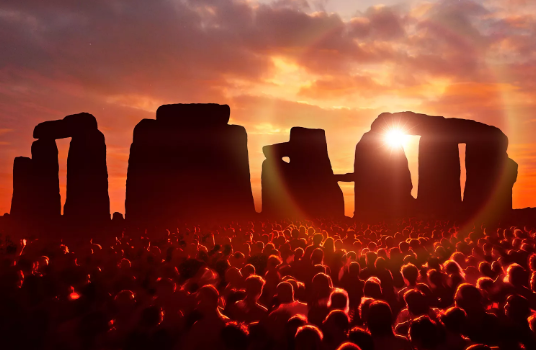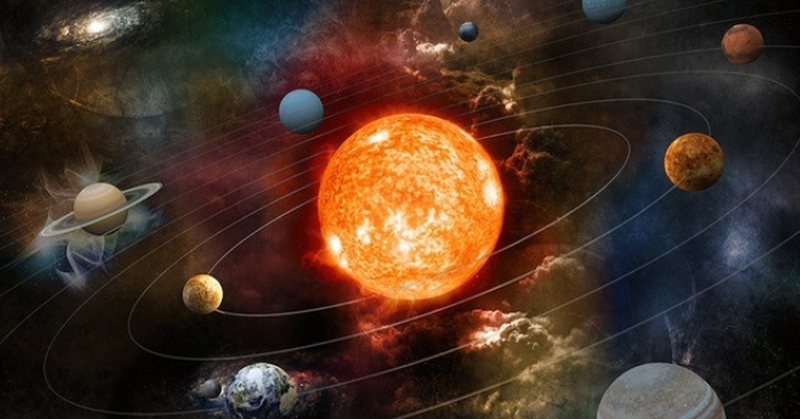The summer solstice is the longest day of the year – it’s the day we get the most amount of sunlight.
In the northern hemisphere, it happens on Thursday, 20 June.
The summer solstice marks the end of spring and the official start of summer.
Why is the solstice the longest day of the year?

On this day, we get the most hours of daylight because of the position of the Earth in relation to the Sun.
It occurs when the Earth’s geographical pole – on either the northern or southern hemisphere – becomes most inclined towards the Sun.
In the northern hemisphere, on the summer solstice, the Sun will reach its highest possible point. For the UK, this will happen at 9:50 PM.
Because of this, the day ends up being the sunniest day of the year. Even if it’s wet or cloudy that day, we will technically get the most amount of sun.
Because the Earth turns on a slight tilt, the amount of sunlight that reaches different areas of Earth changes throughout the year as we orbit the Sun.
The axis is the point at which the Earth turns – ours isn’t perfectly straight up, so the Earth rotates at a tilt.
Why doesn’t the Sun set in some parts of the world?

Around the time of the summer solstice, areas of Norway, Finland, Greenland, Alaska, and other polar regions experience midnight sun – or 24-hours of sunlight.
In the Arctic Circle, the Sun does not set at all. This is because of the tilt in the Earth’s axis.
How to celebrate the summer solstice?

The summer solstice is celebrated differently around the world through a number of festivities and traditions. Feasts, bonfires, picnics, and traditional songs are a few ways the change of season is observed.
Honoring the occasion dates back to ancient times, with some of our earliest ancestors building monuments to commemorate the sun and welcome the arrival of summer. Stonehenge in England, for example, is one of the world’s most famous prehistoric monuments. Its entrance faces the rising sun on the day of the summer solstice, which had 18th-century scholars inferring that ancient astronomers might have used it as a type of solar calendar to track sun and moon movement, in addition to the change of season.
Thousands of people gather each year to watch the beautiful sight at sunrise and sunset, which will be celebrated the night of June 20 through the morning of June 21 this year. The official English Heritage YouTube channel will be hosting a live stream if you can’t make it to Wiltshire in person.





